Red Light Therapy vs. Infrared Sauna: Which One to Choose?
Red light therapy or infrared sauna? You've heard the buzz, but which one's right for you? They both promise a healthier you, but they're not one-size-fits-all.
Let's break it down. We'll uncover the science behind each, explore the real benefits, and help you decide which one fits your lifestyle and goals.
What is Red Light Therapy, Anyway?
Picture this: you're basking in the warm glow of a special kind of light. But this isn't your average lightbulb moment—this is red light therapy (RLT).
RLT uses specific wavelengths of red and near-infrared light to penetrate your skin and work its magic at a cellular level. Think of it as a battery recharge for your cells. This light energy boosts your mitochondria (the cell's powerhouses) to produce more ATP, the energy currency our bodies run on.

So, What Does That Mean to You?
The result? A cascade of potential benefits. RLT can stimulate collagen production, helping your skin look smoother and plumper. It's been studied for its potential to reduce inflammation, ease muscle pain, and even speed up wound healing. Some people swear by it for improving sleep, boosting mood, and even combatting hair loss.
The Science Behind the Glow
Think of your cells like tiny factories, each with a powerhouse called mitochondria.
When these mitochondria absorb red and near-infrared light, it's like giving them a boost of fuel. This increased energy production enhances cellular function, promotes tissue repair, and can even stimulate the production of collagen, the heat shock proteins responsible for skin elasticity and firmness.
Beyond the cellular level, RLT also appears to influence blood flow, reduce inflammation, and modulate various signaling pathways in the body. The result? A whole host of potential benefits, from improved skin health and pain relief to enhanced athletic performance and cognitive function.
Red Light Therapy Benefits
-
Skin Rejuvenation: Boost collagen production for smoother, firmer, more youthful-looking skin. Fine lines? Wrinkles? We're not afraid of them.
-
Pain Relief: Soothe sore muscles, aching joints, and even chronic pain conditions.
-
Faster Healing: Speed up recovery from injuries and wounds. Whether it's a sprained ankle or a surgical scar, red light can lend a helping hand.
-
Mood Booster: Combat the blues and feel more energized. Who knew light could be such a mood lifter?
-
Sleep Support: Improve sleep quality and feel more rested. Say goodbye to those restless nights.
-
Hair Growth: Stimulate hair follicles and promote thicker, healthier hair. Because who doesn't want a good hair day?
-
Athletic Performance: Enhance muscle recovery and performance. Whether you're a weekend warrior or a seasoned pro, red light can help you reach your peak.
-
Brain Power: Some studies suggest RLT may improve cognitive function and memory. A brighter mind and a brighter complexion? Yes, please.
What is an Infrared Sauna?
Unlike the glowing embrace of red light, an infrared sauna surrounds you with gentle, invisible heat. We're not talking about your grandma's stuffy old sauna – infrared saunas use special heaters to emit infrared light. This light penetrates your skin, warming you from the inside out.

Your Body on Infrared
The result? You start to sweat. But this isn't your average gym sweat. Infrared saunas are like a detoxifying steam room for your cells. The heat triggers a deeper, more intense sweat that helps your body release toxins and impurities.
More Than Just a Sweat Session
The benefits don't stop at detoxification. Infrared saunas have been studied for their potential to improve circulation, boost your immune system, and even promote relaxation. Some people find they help with pain relief, skin health, and even weight loss (though we'll dive into that later).
The Science of Heat Therapy
But this isn't just about feeling warm and cozy. The far-infrared wavelengths penetrate deeper into your tissues than traditional saunas, raising your core body temperature and triggering a range of physiological responses. As your body heats up, your blood vessels dilate, improving circulation and delivering oxygen and nutrients to your muscles and organs.
The deep heat also stimulates your sweat glands, leading to a profuse sweat that can help your body eliminate toxins and heavy metals.
Moreover, research suggests infrared heat can trigger the production of heat shock proteins, which play a crucial role in cellular repair and stress response. These mechanisms contribute to the potential benefits of infrared saunas, such as pain relief, detoxification, and improved cardiovascular health.
Benefits of Infrared Sauna
-
Detoxification: Sweat out toxins and impurities for a natural cleanse. It's like a spa day for your insides.
-
Pain Relief: Ease muscle aches, joint pain, and chronic conditions. Heat therapy has been used for centuries for a reason.
-
Improved Circulation: Get your blood pumping for better overall health. A healthy heart is a happy heart.
-
Relaxation: Unwind and de-stress in the soothing warmth. It's your personal oasis of calm.
-
Immune Boost: Strengthen your body's defense system and fight off illness. A healthier you is a happier you.
-
Skin Health: Improve skin tone, texture, and clarity. Get that sauna glow.
-
Weight Loss: Some evidence suggests infrared sauna may aid in weight loss efforts. It's not a magic bullet, but it could give you a boost.
-
Heart Health: Studies suggest potential benefits for cardiovascular health, such as improved blood pressure and circulation.
Is Infrared Heat the Same as Red Light Therapy?
Nope, not quite. They're both forms of light therapy, but they operate on different wavelengths and have distinct effects on your body.
Breaking Down the Spectrum
Think of light like a rainbow. Red light therapy uses wavelengths at the red and near-infrared end of the infrared spectrum, while infrared saunas use far-infrared wavelengths.
The Wavelength Lowdown
-
Red Light Therapy: Uses red and near-infrared light (620-1000 nm) to penetrate the skin's surface and stimulate cellular processes.
-
Infrared Sauna: Uses far-infrared light (3000-10,000 nm) to penetrate deeper into the body, raising your core temperature and triggering various physiological responses.
Different Depths, Different Effects
The difference in wavelength leads to different effects on the body. Red light primarily affects the skin and underlying tissues, promoting collagen production, reducing inflammation, and enhancing cellular energy. Infrared heat, on the other hand, penetrates deeper, affecting muscles, organs, and even your circulatory system. It's like a deep tissue massage for your insides.
Red Light vs. Infrared Sauna: Spot the Difference
So, both therapies use light, but don't get them twisted—they're not twins. Let's break down the key differences:
Light vs. Heat
-
Red Light Therapy: Cool to the touch. It's all about targeted light energy.
-
Infrared Sauna: Helps in generating heat stress. You'll be sweating buckets in this one.
How They Work
-
Red Light Therapy: Works on a cellular level, boosting energy production and stimulating processes like collagen synthesis.
-
Infrared Sauna: Heats you from the inside out, increasing blood flow, promoting detoxification through sweat, and potentially triggering cellular repair mechanisms.
What You Feel
-
Red Light Therapy: Relaxing and warm, but not hot. You might feel a slight tingling sensation.
-
Infrared Sauna: Expect a deep, penetrating warmth that gets you sweating–it's not your traditional sauna. It can feel similar to sitting in the sun on a warm day.
Session Length
-
Red Light Therapy: Typically shorter sessions, ranging from 5 to 20 minutes.
-
Infrared Sauna: Longer sessions, usually lasting 30 to 45 minutes.
The Vibe
-
Red Light Therapy: Often involves standing or sitting near a panel of red lights. Some devices are portable, so you can multitask during your session.
-
Infrared Sauna: Think of a small, enclosed sauna space where you can sit or lie down and relax. It's like a personal heat therapy pod.
Cost
-
Red Light Therapy: Can be more affordable if you invest in a red light therapy device for home use. Homlyns' Affordable Red Light Therapy at Home would be a good choice for you.
-
Infrared Sauna: Typically more expensive, whether you go to a spa or purchase a sauna for home use.
Potential Benefits
-
Red Light Therapy: Skin health, wound healing, pain relief, muscle recovery, mood enhancement, sleep improvement.
-
Infrared Sauna: Detoxification, pain relief, improved circulation, relaxation, immune support, skin health.
Let's not forget that both therapies share some overlap in potential benefits, like pain relief and skin health. However, the mechanisms behind those benefits differ, and your individual needs will determine which one is a better fit for you.
Red Light or Infrared Sauna? The Million-Dollar Question
Deciding which is "better" depends entirely on your goals and preferences.
Consider This:
-
What's Your Main Focus? If you're all about skin health and pain relief, red light therapy might be your jam. If detoxification, relaxation, and overall wellness are your top priorities, an infrared sauna could be your ticket to bliss.
-
How Do You Like to Relax? Do you prefer a quick, targeted session while you catch up on your favorite podcast? Red light therapy might be your match. Or maybe you crave a longer, immersive experience where you can sweat it out and unwind? That's where the sauna shines.
-
What's Your Budget? Red light therapy devices can be a worthwhile investment for at-home use, while infrared saunas tend to be pricier.
Our Take:
If you can swing it, why not have the best of both worlds? Many wellness centers offer combo sessions, or you could invest in both for at-home use. That way, you can tailor your sessions to your needs – red light for targeted treatments, and sauna for a full-body reset.
Before you begin, consult with a healthcare professional to determine which therapy best suits your individual health conditions and goals.
Can You Do Red Light Therapy and Infrared Sauna Together?
Wondering if you can combine red light therapy and infrared sauna? You absolutely can. In fact, many wellness centers offer combo sessions that incorporate both therapies. And some savvy folks even invest in both for at-home use.
How It Works
Imagine you start with a red light therapy session, targeting specific areas for skin rejuvenation or pain relief. Then, you hop into the infrared sauna to sweat out toxins, relax your muscles, and soak up those full-body benefits. It's like a one-two punch for your well-being.
Timing is Everything
When it comes to combining these therapies, the order can matter. It's generally recommended to start with red light therapy, as the cooler temperatures won't interfere with the light's absorption. Then, follow it up with the infrared sauna for a deeper, more intense experience.
The Double Dose Benefits
The benefits of combining these therapies are potentially numerous:
-
Enhanced Detoxification: Red light therapy can prep your skin for a deeper sweat, while the sauna helps flush out toxins.
-
Amplified Pain Relief: Red light can target specific areas of pain, while the sauna's heat can soothe muscles and joints throughout your body.
-
Ultimate Relaxation: Red light therapy can help you unwind, while the sauna provides a tranquil space to de-stress.
-
Skin Rejuvenation: Red light stimulates collagen production, while the sauna's heat can improve circulation and give your skin a healthy glow.
Talk to Your Doctor
As with any wellness regimen, it's always a good idea to consult with your doctor before combining therapies, especially if you have any underlying health conditions. But if you get the green light, get ready to double down on your wellness routine.
Near vs. Far Infrared Sauna
You might have heard the terms "near" and "far" infrared thrown around in sauna circles. So, what's the difference, and does it matter? In a nutshell, yes. The type of infrared used can influence the depth of penetration and the potential benefits you experience.
Near-Infrared: The Skin Superstar
Near-infrared saunas primarily emit light in the near-infrared range (760-1500 nm). These wavelengths don't penetrate as deeply into the body, but they work wonders for your skin. They can stimulate collagen production, improve elasticity, and even reduce wrinkles. Think of it like a facial from the inside out.
Far-Infrared: The Deep Tissue Detoxifier
Far-infrared saunas, on the other hand, utilize longer light waves (3000-10,000 nm) that penetrate deeper into your tissues. This deep heat can boost circulation, promote detoxification through sweat, and even relieve muscle and joint pain. It's like a warm hug for your entire body.
The Best of Both Worlds?
Some saunas, called full-spectrum saunas, combine both near and far-infrared wavelengths, offering a broader range of potential benefits. It's like getting a two-in-one deal for your wellness routine.
Which One's Right for You?
Choosing between near and far-infrared depends on your goals. If you're primarily focused on skin health and anti-aging, a near-infrared sauna might be your best bet. If you're seeking deeper detoxification, pain relief, and overall wellness, a far-infrared sauna could be the ticket.
And if you want to cover all your bases, a full-spectrum sauna might be the way to go. Just like red light therapy, it's always a good idea to chat with a healthcare professional to see which type of infrared sauna best aligns with your individual needs.
Ready to Glow? The Choice is Yours
Red light therapy and infrared saunas offer unique paths to wellness, each with its own set of benefits and appeal. Which one you choose depends on your goals, preferences, and lifestyle. So, take your pick and let the healing begin.
Key takeaways:
-
Red light therapy boosts cellular energy and targets skin health and pain relief.
-
An infrared sauna promotes detoxification, relaxation, and overall wellness through deep heat.
-
Both therapies have a solid scientific foundation and a range of potential benefits.
-
You can combine both therapies for a synergistic effect.
-
The best choice for you depends on your individual needs and preferences.
Embrace Warmth and Comfort with Homlyns
At Homlyns, we're all about creating a haven of warmth and comfort in your home. Our top-notch heating solutions transform your house into a sanctuary of relaxation. Because everyone deserves a warm embrace at the end of the day.
💬 FAQs
Q1: Do you sweat in red light therapy?
A: Not really. Red light therapy produces very little heat, so you won't break a sweat like you would in an infrared sauna. You might feel a slight warmth, but it's more like basking in the sun on a cool day.
Q2: Is red light therapy better than sauna?
A: It's not a matter of one being "better" than the other. They're different tools with different strengths. Red light therapy excels at skin rejuvenation, wound healing, and targeted pain relief. Infrared saunas shine at detoxification, relaxation, and overall wellness. The best choice for you depends on your individual goals and preferences.
Q3: Should you do red light therapy before or after the infrared sauna?
A: Generally, it's recommended to do red light therapy before the infrared sauna. The cooler temperatures of RLT won't interfere with the absorption of light, and the sauna's heat can enhance the effects of red light. However, if you're short on time or prefer a different order, it's not a deal-breaker.
Q4: Can you put a red light in an infrared sauna?
A: While it's technically possible to install red light therapy panels in an infrared sauna, it's not always necessary or recommended. The light intensity that generates heat in the sauna can affect the functionality of the red light devices, and the light's effects might be less noticeable amidst the sauna's heat. It's best to enjoy each therapy separately for optimal results.
Q5: Can you do infrared sauna and red light therapy on the same day?
A: Absolutely. Many people enjoy the benefits of both therapies on the same day. You can even find wellness centers that offer combo sessions. Just be sure to listen to your body and stay hydrated throughout the day.
Reference:
- Beever R. Far-infrared saunas for treatment of cardiovascular risk factors: summary of published evidence (https://www.ncbi.nlm.nih.gov/pmc/articles/PMC2718593/). Can Fam Physician. 2009;55(7):691-696.
- Hsu WL, Yoshioka T. Role of TRP channels in the induction of heat shock proteins (Hsps) by heating skin (https://www.ncbi.nlm.nih.gov/pmc/articles/PMC4736782/). Biophysics (Nagoya-shi). 2015;11:25-32. Published 2015 Feb 13. doi:10.2142/biophysics.11.25
- Huang N, Yao D, Jiang W, et al. Safety and Efficacy of 630-nm Red Light on Cognitive Function in Older Adults With Mild to Moderate Alzheimer's Disease: Protocol for a Randomized Controlled Study (https://www.ncbi.nlm.nih.gov/pmc/articles/PMC7253693/). Front Aging Neurosci. 2020;12:143. Published 2020 May 21. doi:10.3389/fnagi.2020.00143




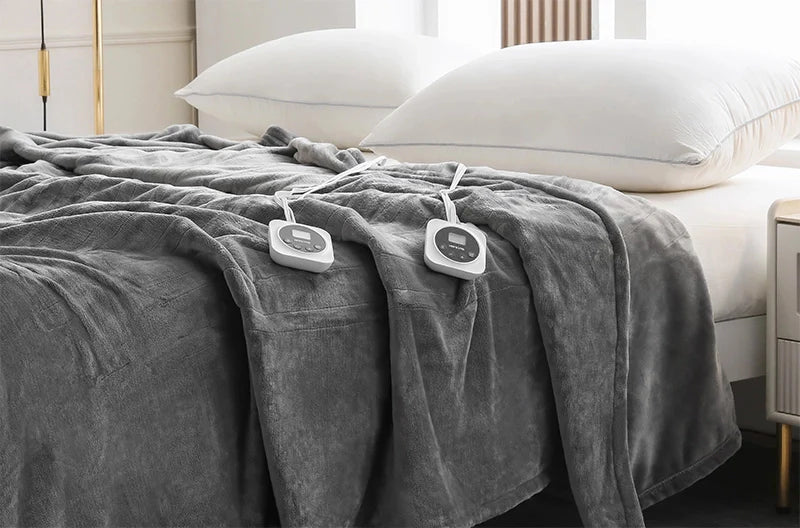
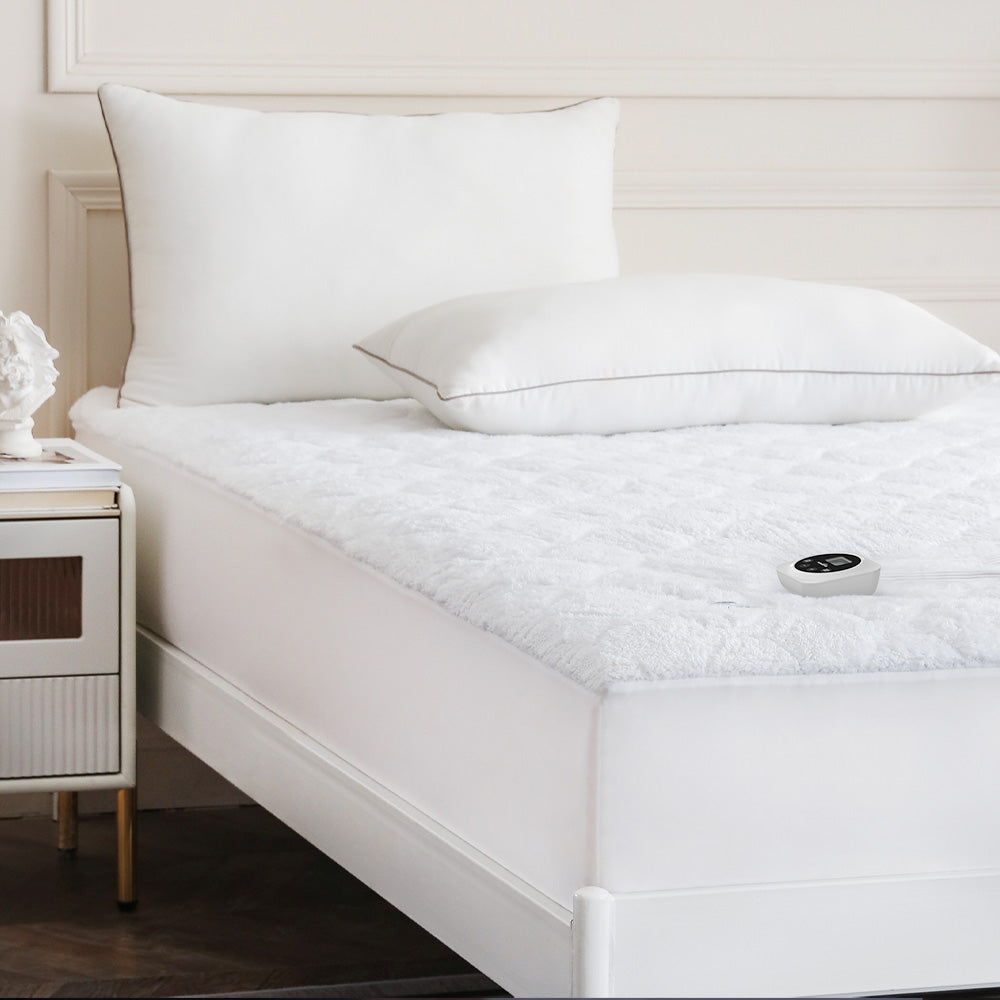

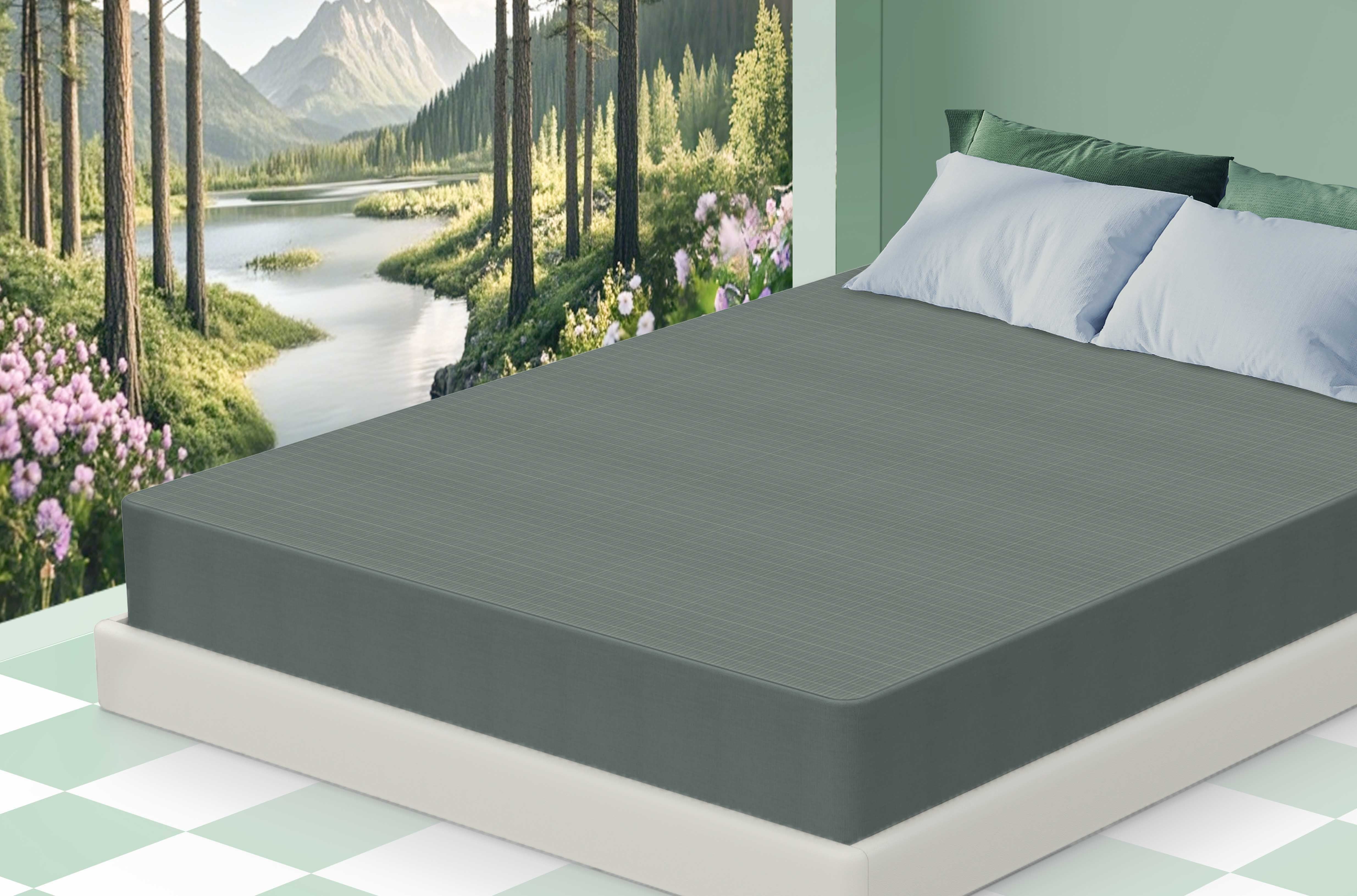

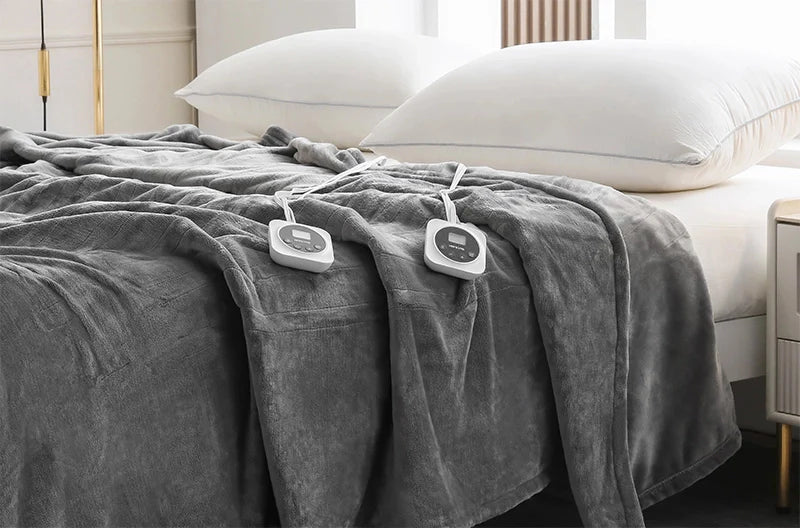
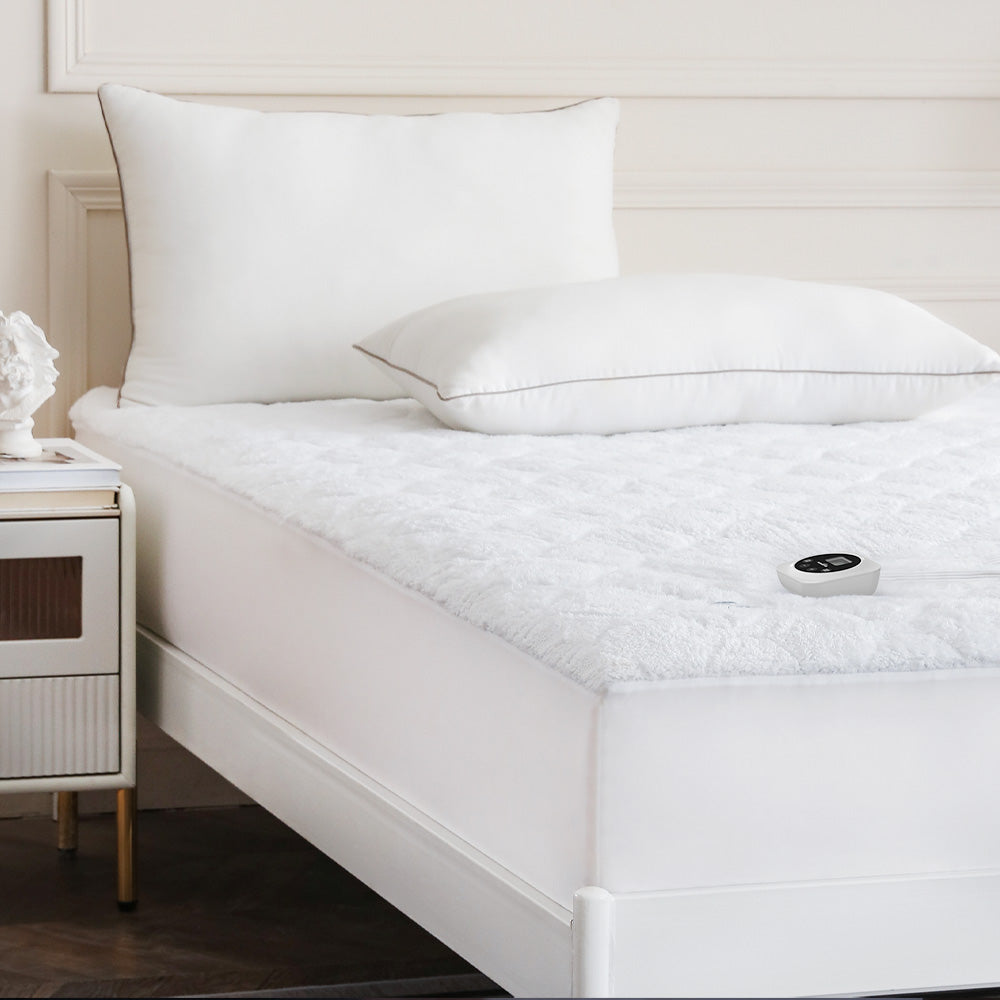

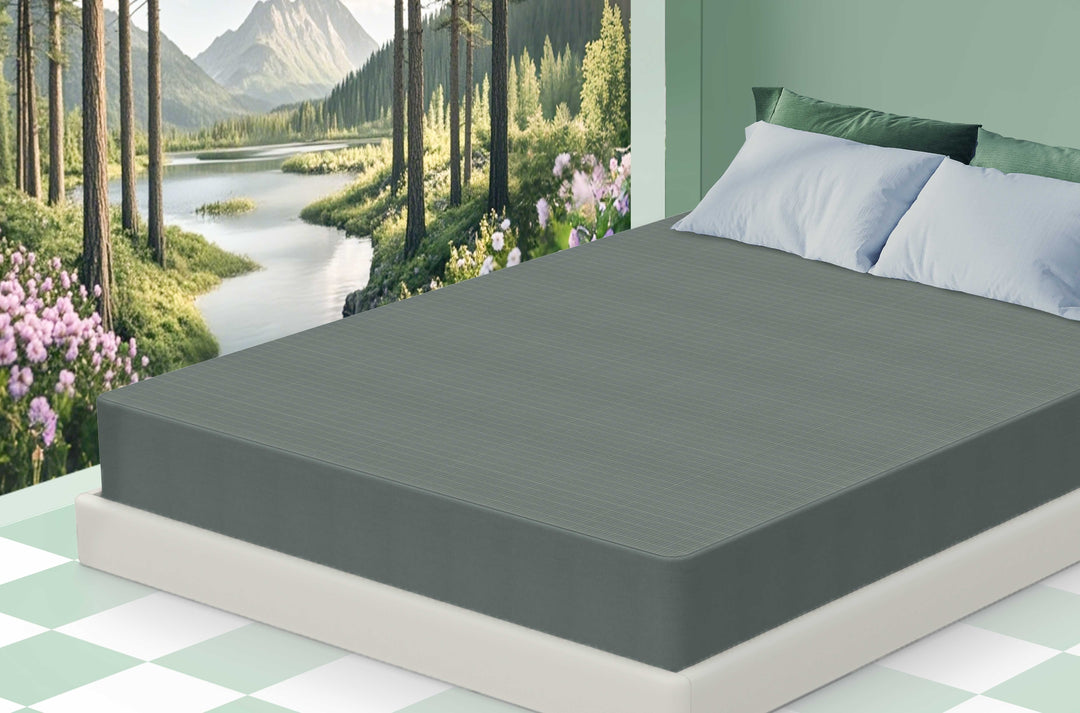



Leave a comment